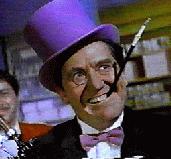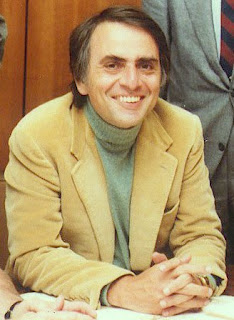
Alan Bartlett Shepard, Jr
Alan Shepard, an astronaut and retired USN Rear Admiral, was the second person, and first American in space. He was one of only 12 humans who walked on the Moon. Shephard was named as one of the nation's original seven Mercury astronauts in 1959 and in 1961 became the first American into space in His flight came three weeks after the launch of Soviet cosmonaut Yuri Gagarin, who on 12 Apr 1961, became the first human space traveller on a one-orbit flight lasting 108 minutes.
Shephard was born in East Derry, New Hampshire in 1923.He began his naval career after graduation from the United States Naval Academy in 1944, on the destroyer USS Cogswell, deployed during WW II. He subsequently entered flight training and received his wings in 1947. He worked as a test pilot before becoming one of 110 military test pilots invited by the newly formed NASA to volunteer for the first manned space flight program.
Shepard became one of the original group of seven Mercury astronauts. On May 5, 1961, Shepard piloted the Freedom 7 mission and became the second person, and the first American, to travel into space riding a Redstone rocket on a 15-minute su
 borbital flight that took him and his Freedom 7 Mercury capsule 115 miles in altitude and 302 miles downrange from Cape Canaveral.
borbital flight that took him and his Freedom 7 Mercury capsule 115 miles in altitude and 302 miles downrange from Cape Canaveral.Shepard was designated as the command pilot of the first manned Gemini missionBut in early 1964, Shepard was diagnosed with Ménière's disease, a condition in which fluid pressure builds up in the inner ear. This syndrome causes the semicircular canals and motion detectors to become extremely sensitive, resulting in disorientation, dizziness, and nausea. This condition caused him to be removed from flight status for most of the 1960s.
Shepard was restored to full flight status in May 1969, following corrective surgery. He was originally assigned to command Apollo 13, but as it was felt he needed more time to train, he and his crewmates swapped missions with the then crew of Apollo 14. At age 47, and the oldest astronaut in the program, Shepard made his second space flight as commander of Apollo 14, on January 31–February 9, 1971, America's third successful lunar landing mission. Shepard piloted his Lunar Module Antares to the most accurate landing of the entire Apollo program. This was the first mission to successfully broadcast color television pictures from the surface of the Moon.
Following Apollo 14, Shepard returned to his position as Chief of the Astronaut Office in June, 1971. He was promoted to Rear Admiral before finally retiring both from the Navy and NASA on August 1, 1974. During his life he was awarded the Congressional Space Medal of Honor; two NASA Distinguished Service Medals, the NASA Exceptional Achievement Medal, Naval Astronaut Wings, the Navy Distinguished Service Medal, and the Distinguished Flying Cross; recipient of the Langley Award, the Lambert trophy, the Iven C. Kincheloe Award, the Cabot Award, the Collier Trophy, and the City of New York Gold Medal. Shephard died on July 21, 1998.
http://en.wikipedia.org/wiki/Alan_Shepard
http://www.jsc.nasa.gov/Bios/htmlbios/shepard-alan.html






